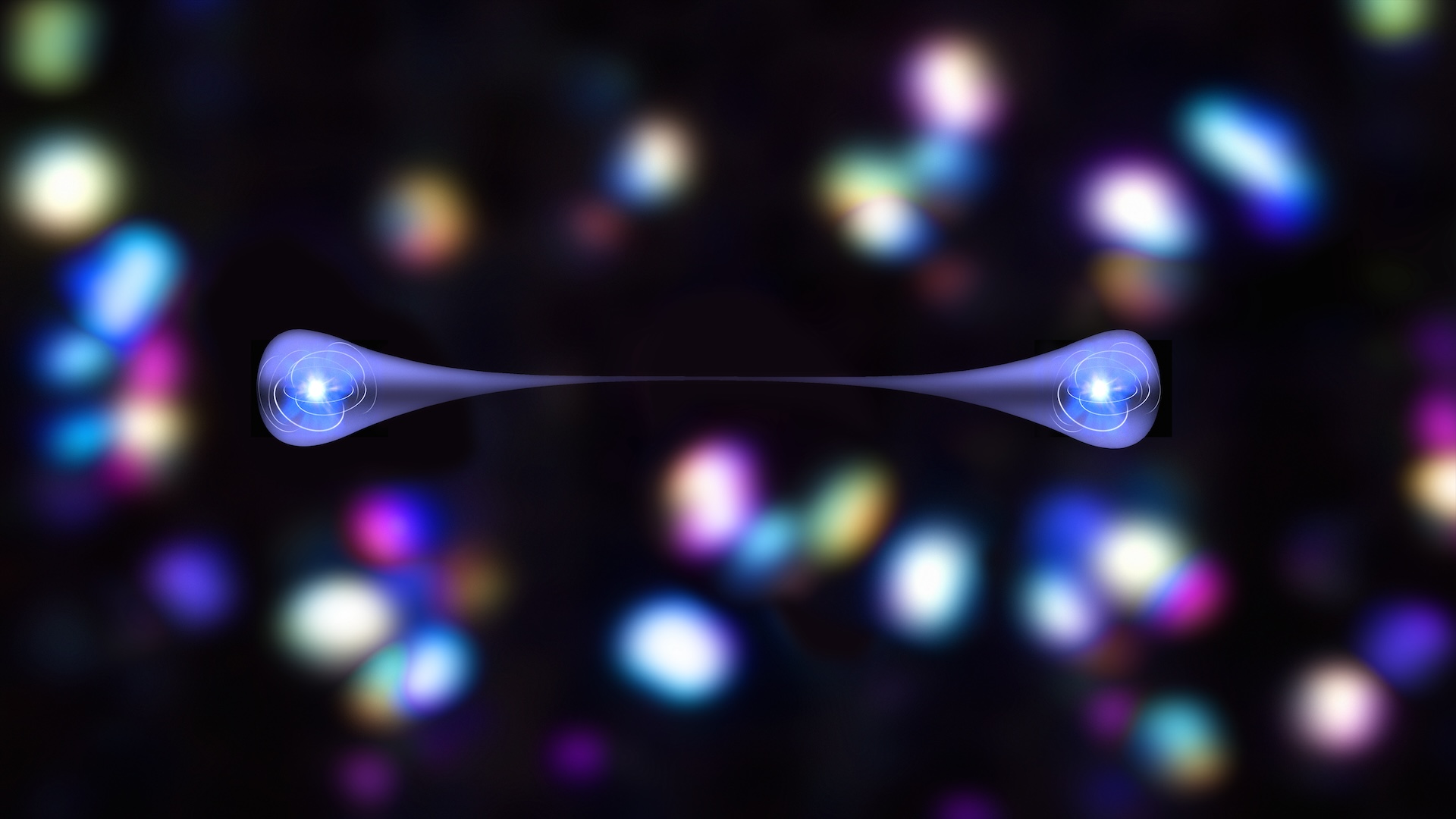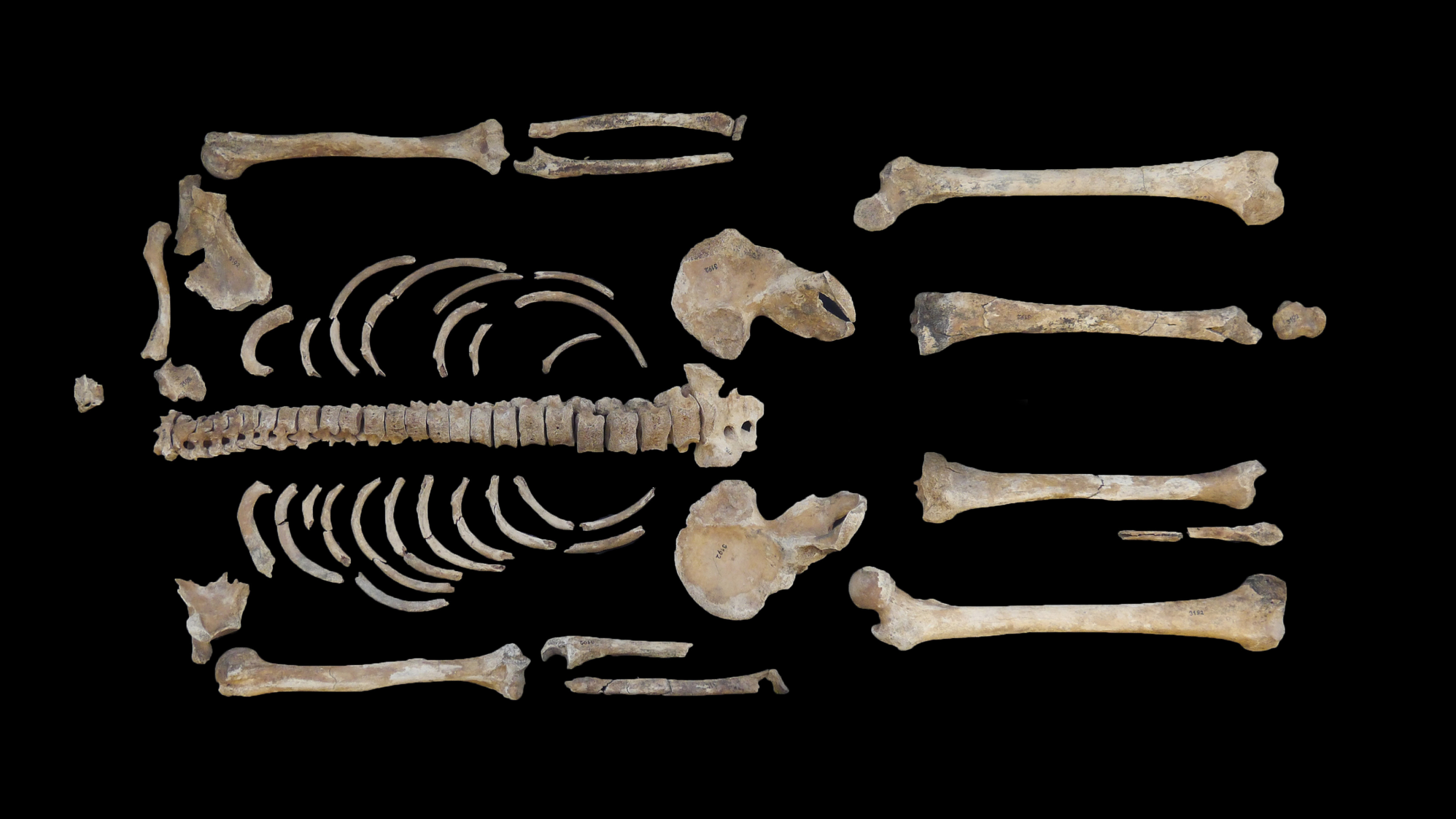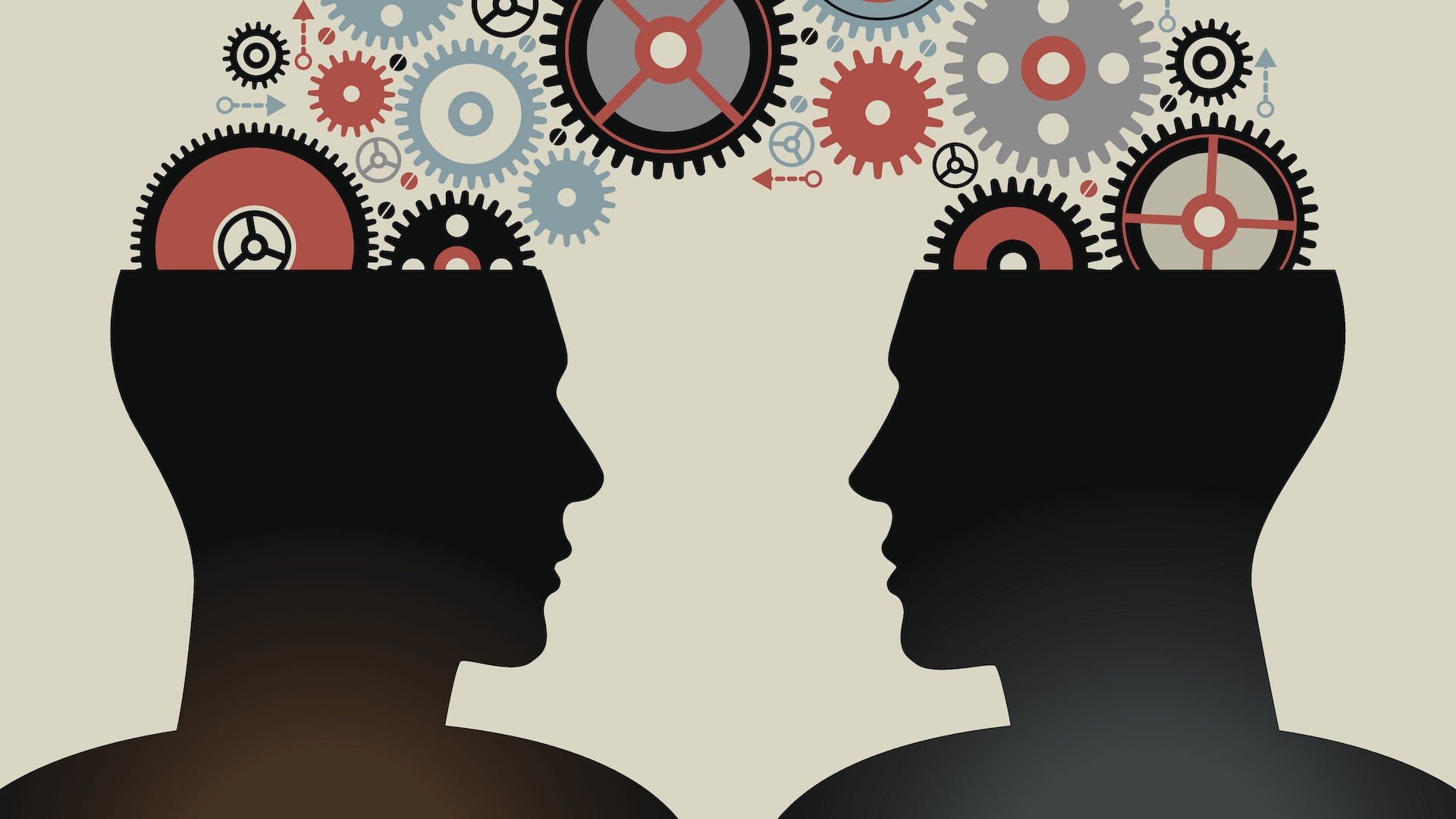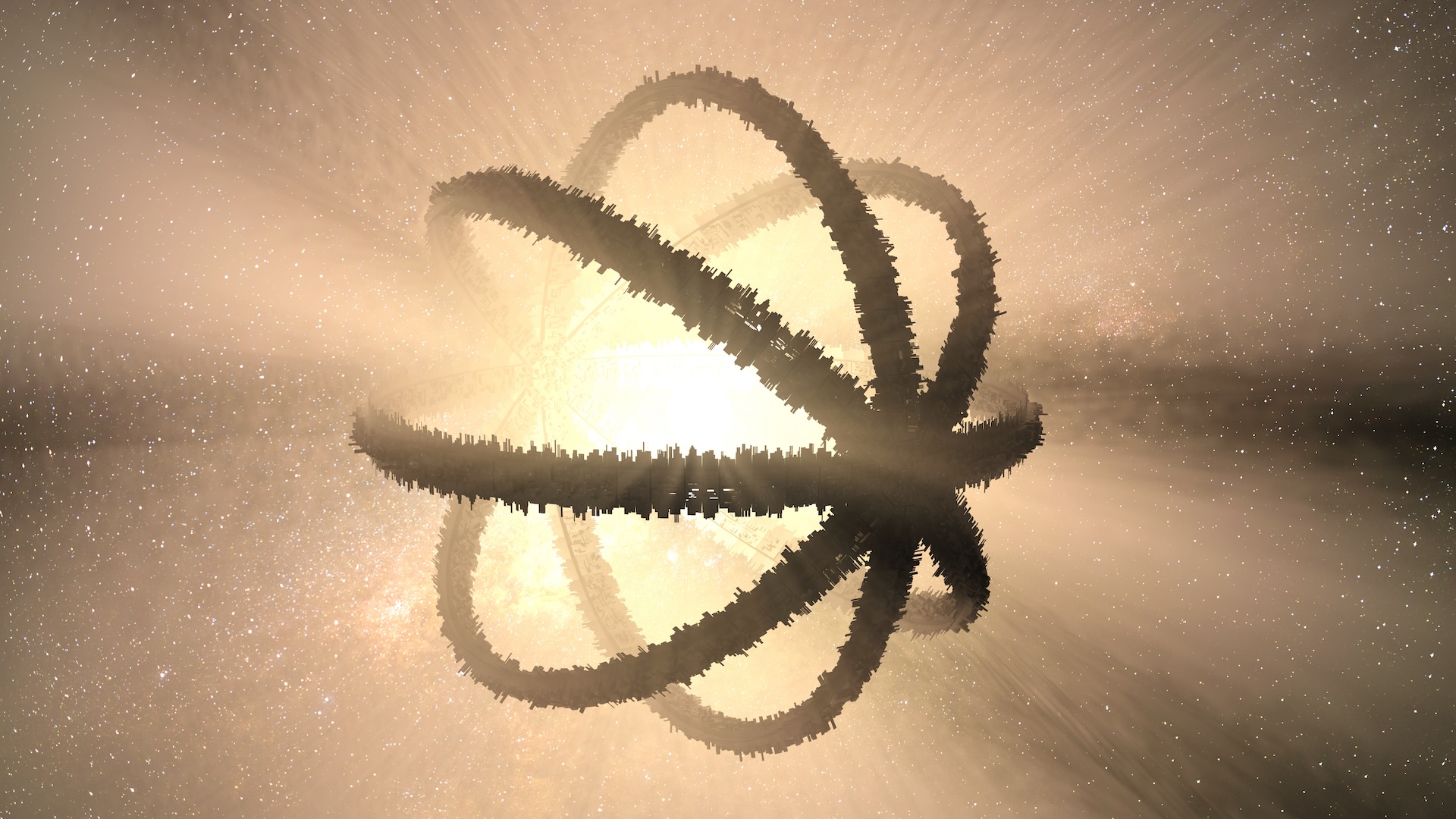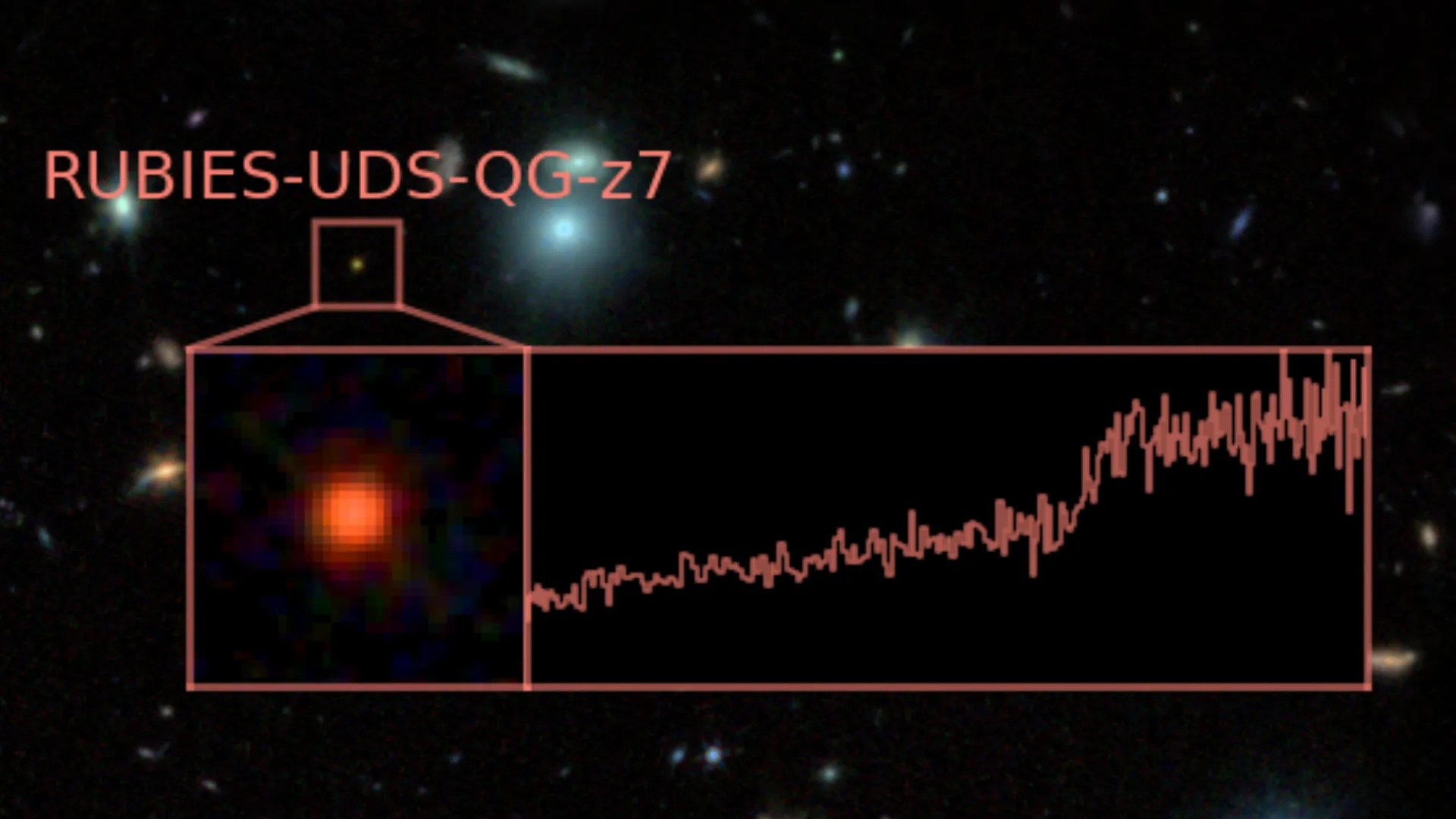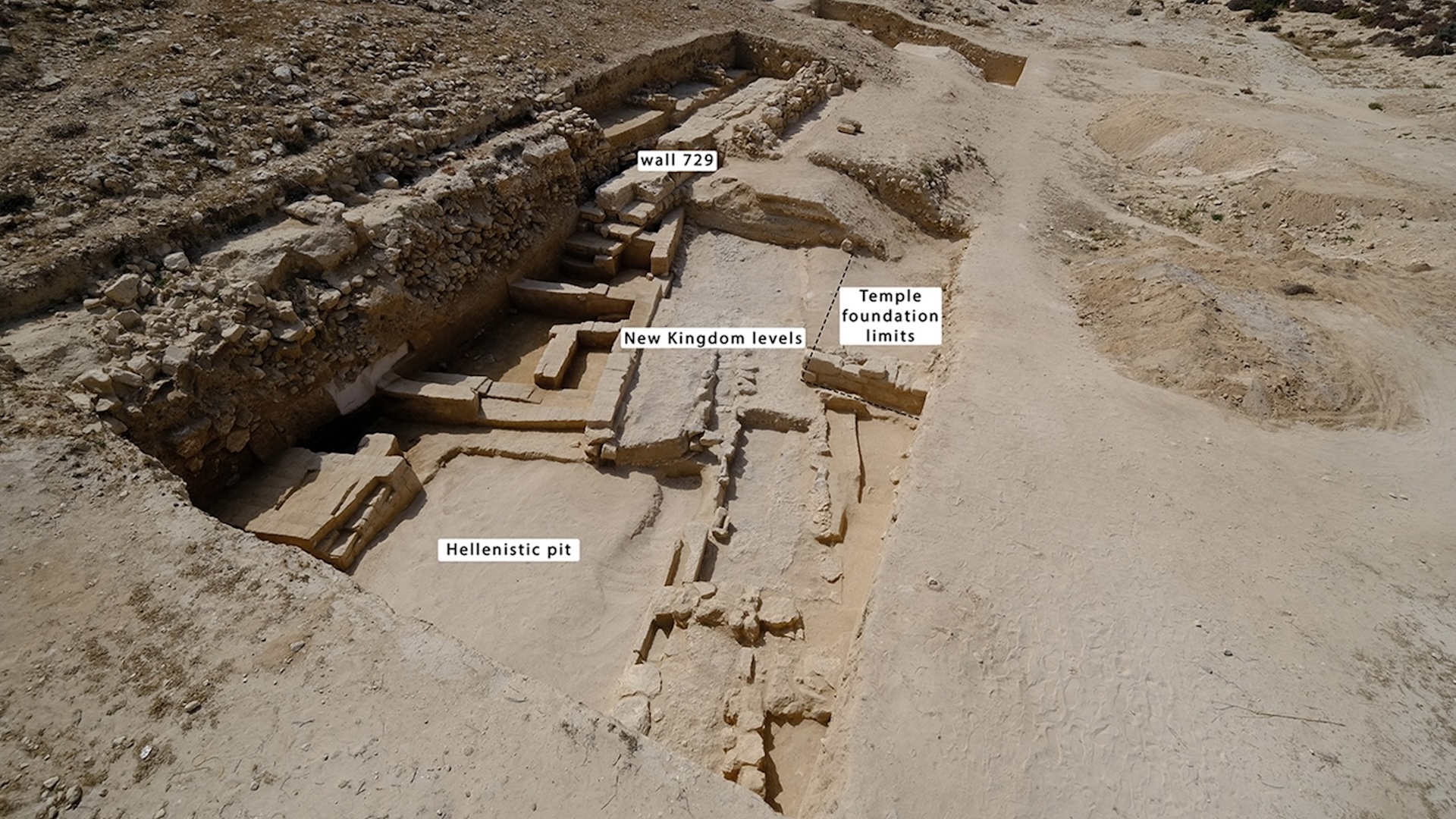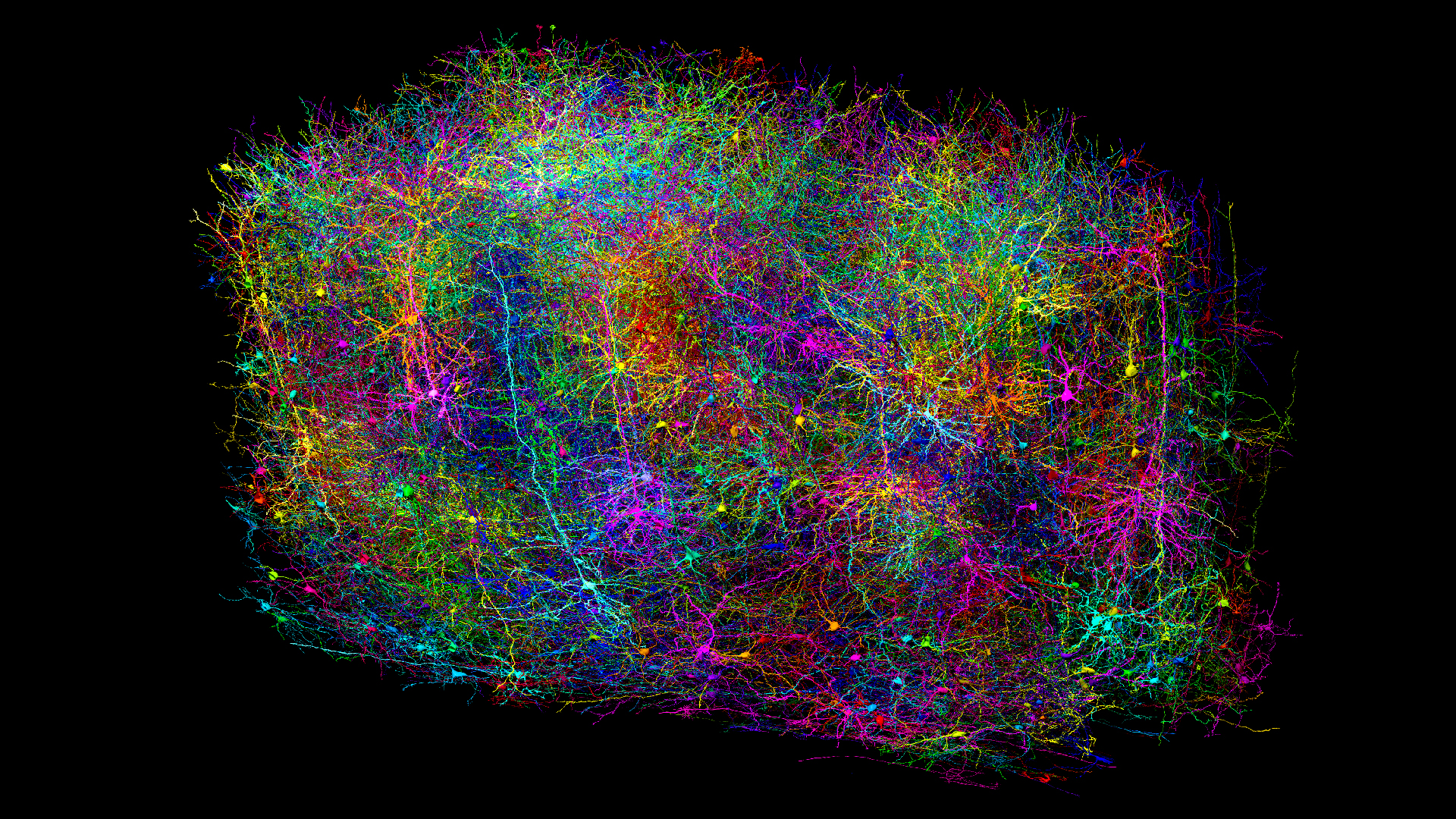Science news this week: AI mind readers and an ancient Egyptian tomb
Feb. 22, 2025: Our weekly roundup of the latest science in the news, as well as a few fascinating articles to keep you entertained over the weekend.
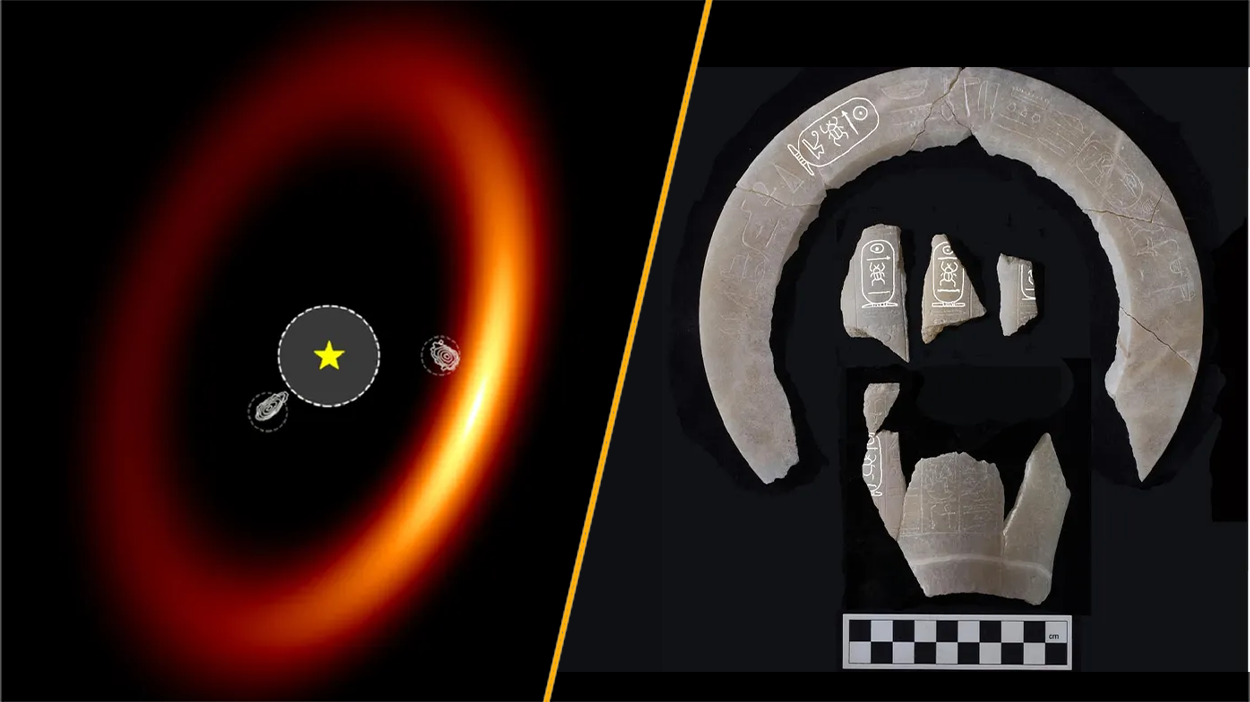
Asteroid 2024 YR4 has dominated the week's science news yet again. But after a tense couple of days, we can all breathe a sigh of relief.
The potentially hazardous asteroid measures an estimated 180 feet (55 meters) across — about as wide as the leaning tower of Pisa is tall. At this size, 2024 YR4 is too small to end human civilization, but it could still wipe out a major city and unleash 500 times more energy than the atomic bomb dropped on Hiroshima.
On Feb. 18, the odds of this so-called "city-killer" colliding with Earth in 2032 peaked at 1 in 32, or 3.1% — the highest impact probability NASA had ever recorded for a space object of this size. However, as of Friday (Feb. 21), the odds have plummeted to a mere 1 in 360, or 0.28%, based on new observations.
The latest shift in odds is arguably the most significant so far because it lowers YR4's official threat level, meaning there is now "no unusual level of danger" posed by the space rock, according to NASA.
Ancient Egyptian tomb discovery
Tomb of ancient Egyptian pharaoh is 1st to be discovered in 100 years

Archaeologists have uncovered the tomb of an ancient Egyptian pharaoh marking the first such finding since the discovery of King Tutankhamun in 1922. The tomb belonged to Thutmose II, who ruled Egypt roughly 3,500 years ago. However, unlike the burial of King Tut, the newfound tomb is mostly empty thanks to a flood that occurred shortly after the pharaoh's burial. It is possible that there is an as-yet-undiscovered second tomb where the majority of the chamber's contents was moved due to the flood.
Mummy quiz: Can you unwrap these ancient Egyptian mysteries?
Discover more archaeology news
Sign up for the Live Science daily newsletter now
Get the world’s most fascinating discoveries delivered straight to your inbox.
—Lasers reveal 1,000-year-old Indigenous road near Chaco Canyon that aligns with the winter solstice
—1,300-year-old royal flush toilet used by crown prince discovered at palace in Korea
Life's Little Mysteries
Can animals learn another species' 'language?'
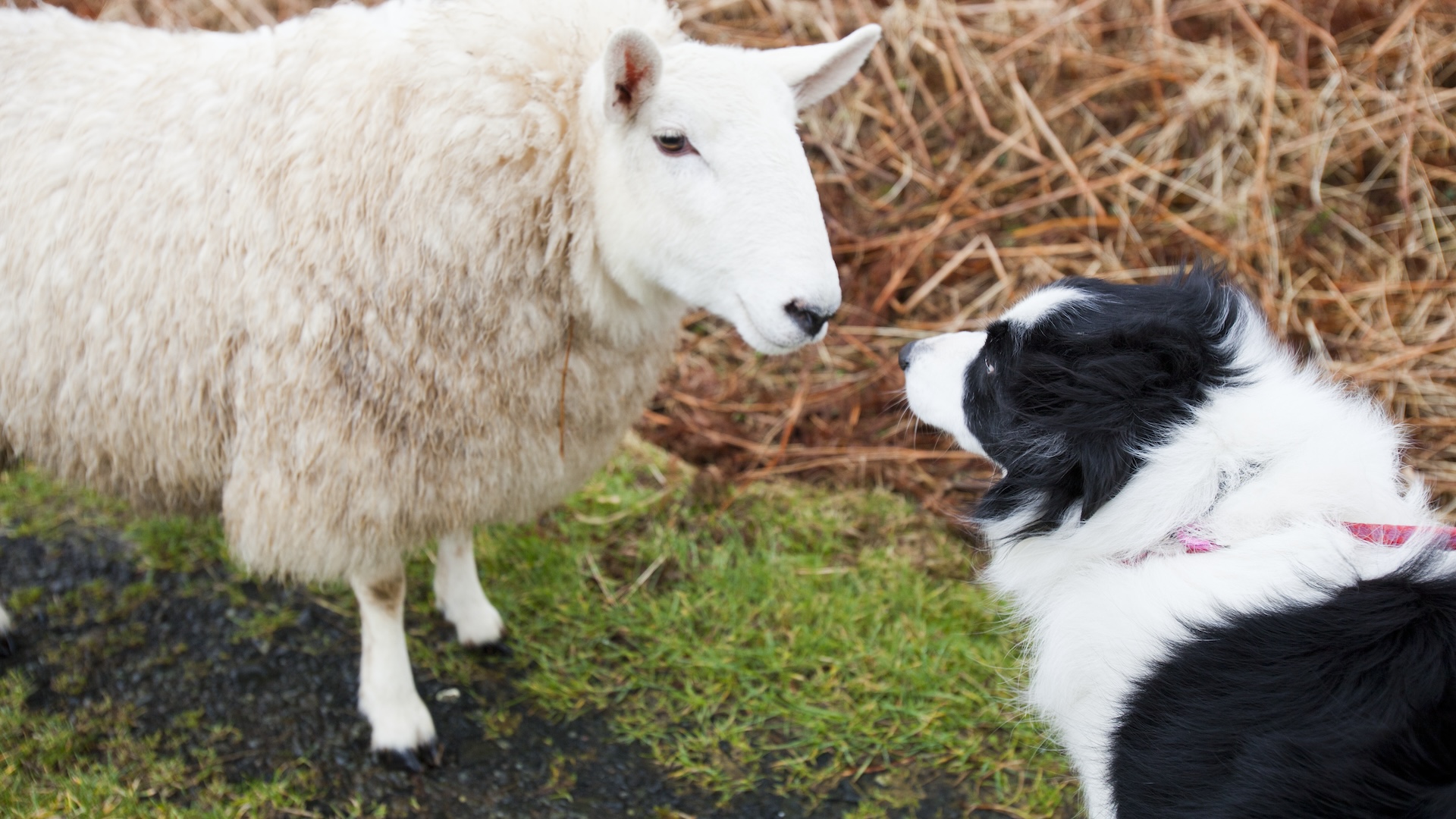
We've all seen pictures of different animals appearing to have conversations — whether it's pet cats and dogs or different species of wild birds. But while research shows that animals can communicate within their own species, is it possible for them to learn another species' "language"?
It turns out that some animals have not only learned but can also use vocalizations from other species, which begs the question: What is going on inside their heads?
AI decoder reads human thoughts
AI 'brain decoder' can read a person's thoughts with just a quick brain scan and almost no training
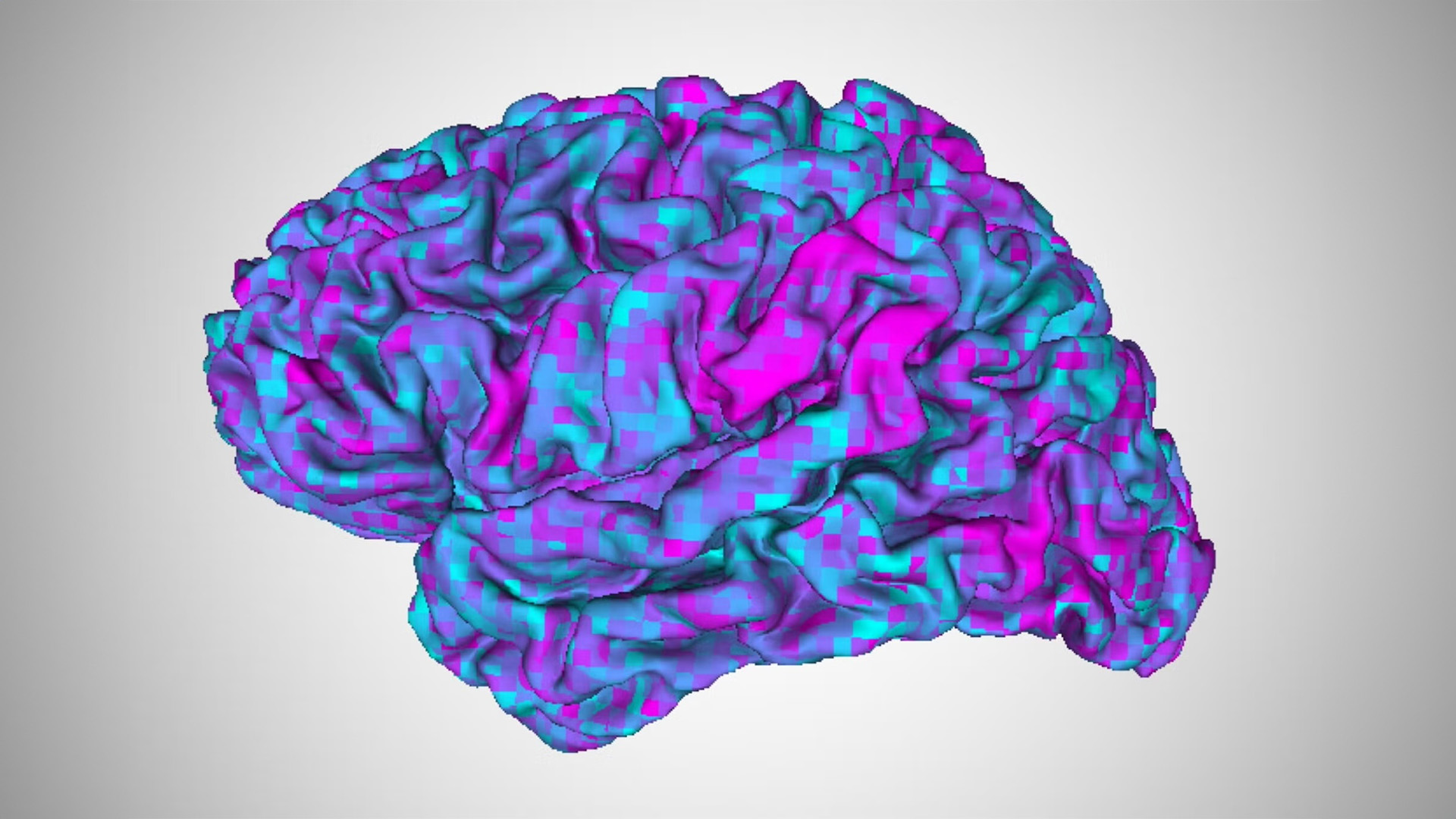
Scientists have developed a new "brain decoder" algorithm that uses artificial intelligence (AI) to convert thoughts into text. Past iterations of the decoder have required participants to spend hours in an MRI machine while the algorithm was trained on their brains' responses. But now, the latest model can translate thoughts after just 70 minutes of training.
The researchers hope to use the technology to support people with aphasia, a brain disorder that affects a person's ability to communicate through speech.
Discover more technology news
Also in science news this week
—Divers discover 500,000-year-old treasure trove of fossils in Florida sinkhole
—14-year-old known as 'the human calculator' breaks 6 math world records in 1 day
—Man nearly guaranteed to get early Alzheimer's is still disease-free in his 70s — how?
Science Spotlight
Invisible DNA lurks everywhere in the environment — and we're on the verge of decoding its secrets
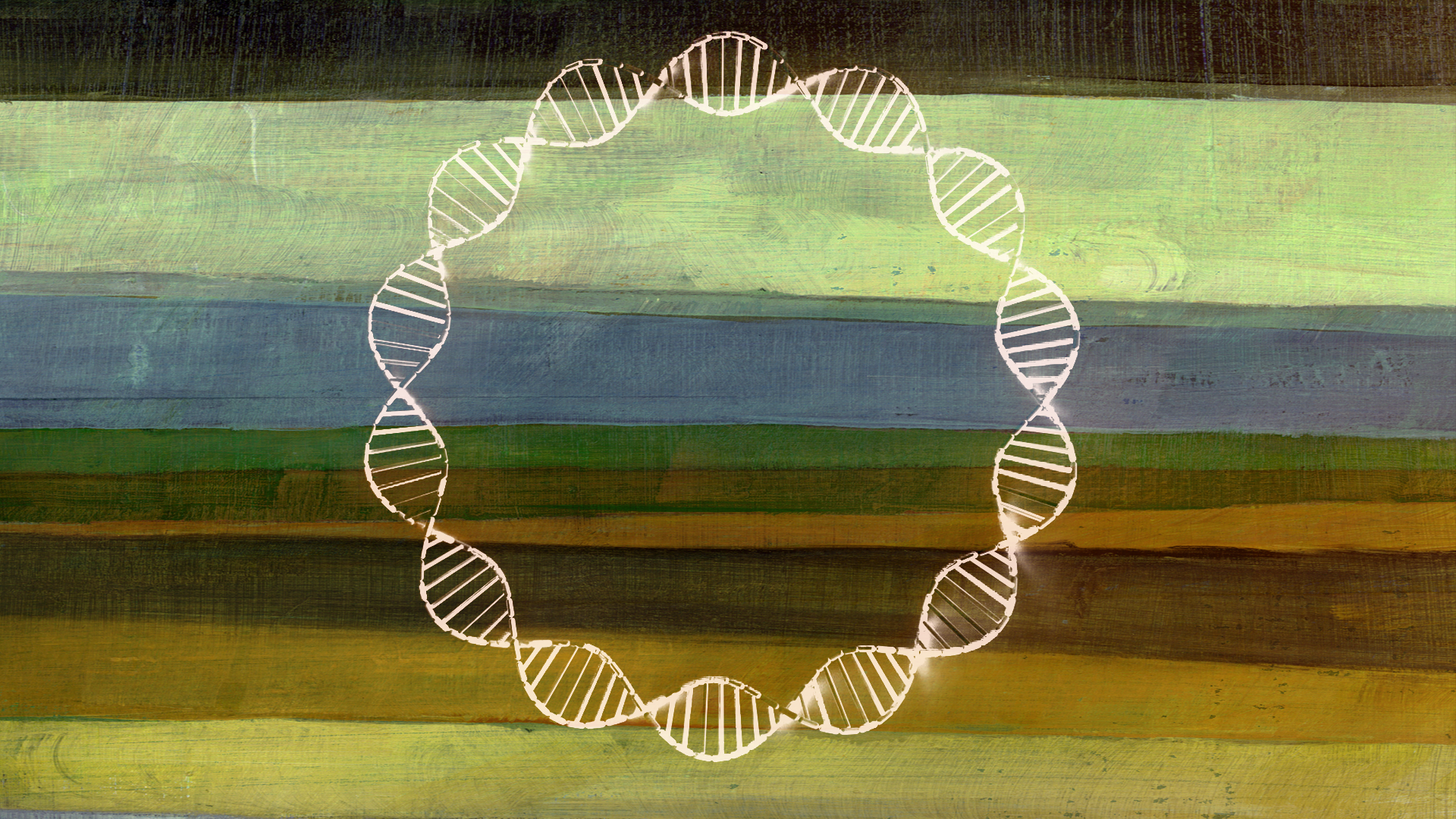
Nature is littered with DNA. Now, thanks to state-of-the-art genetic sequencing technology and AI, we might be able to use it to learn more about the world around us.
Every living organism, from humans to sea moss, leaves a genetic fingerprint behind them everywhere they go. This is known as environmental DNA, or eDNA. The genetic data can reveal the locations of endangered species and characterize new food webs, among other things.
The problem is, scooping DNA out of the environment yields so much data that it can be difficult to figure out what is actually going on. That's where AI steps in.
Eventually, this information could provide a real-time view of how the planet operates and enable us to adapt to ecological changes more quickly.
Something for the weekend
If you're looking for something a little longer to read over the weekend, here are some of the best long reads, book excerpts and interviews published this week.
—US suffers record-breaking cold: What's going on with the polar vortex?
—Creepy 'ghost lanterns' in South Carolina are not what they seem, study suggests
Science in pictures
'Like a family photo of our solar system': The James Webb telescope is watching 2 alien planets being born before our eyes
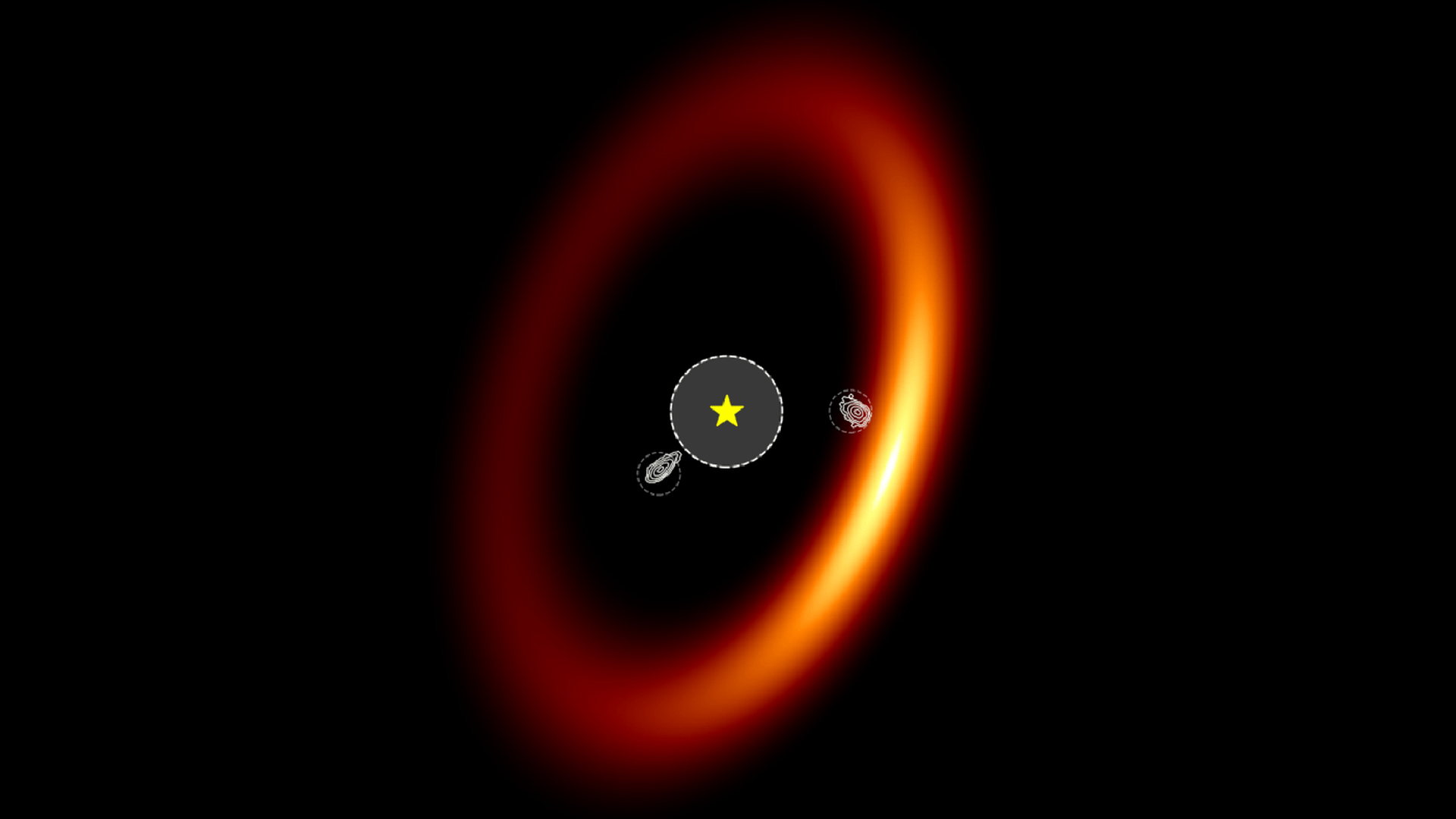
How are planets born? This was one of the major questions the James Webb Space Telescope (JWST) set out to explore. Now, the telescope has captured this exact process in unprecedented detail.
The photo shows a nearby star system called PDS 70. Two young planets can be seen inside a large disk of gas, dust, asteroids and other ingredients needed to build a planet.
Follow Live Science on social media
Want more science news? Follow our Live Science WhatsApp Channel for the latest discoveries as they happen. It's the best way to get our expert reporting on the go, but if you don't use WhatsApp we're also on Facebook, X (formerly Twitter), Flipboard, Instagram, TikTok, Bluesky and LinkedIn.

Pandora is the trending news editor at Live Science. She is also a science presenter and previously worked as Senior Science and Health Reporter at Newsweek. Pandora holds a Biological Sciences degree from the University of Oxford, where she specialised in biochemistry and molecular biology.
You must confirm your public display name before commenting
Please logout and then login again, you will then be prompted to enter your display name.

